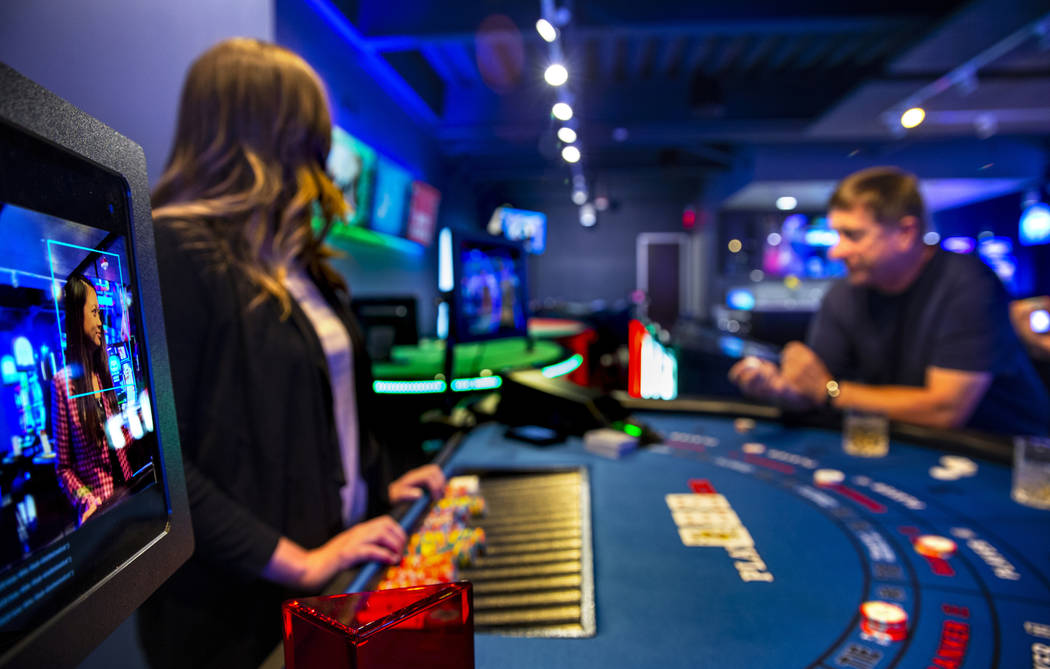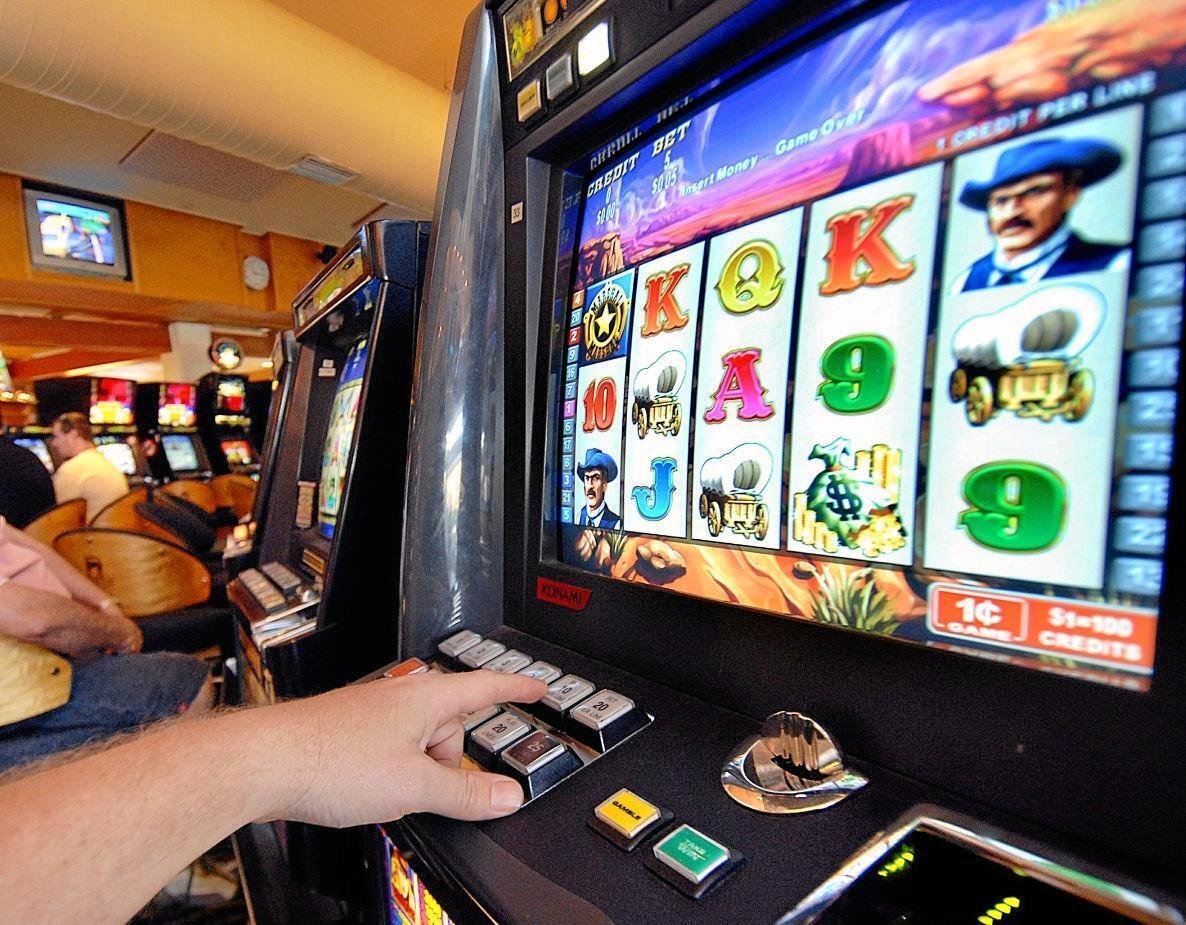Facial Recognition Gambling
We all know how rapidly technology has been developing over the past couple of years. Some of this benefits the punters at casinos (big networked mega jackpots come to mind), but other technology – used by casinos secretly, particularly in the US and Macau- is bordering on Big Brother.
We are talking about surveillance technology, of course, and one of the reasons that we (personally) prefer playing online these days, is down to the increase in the use of facial recognition software and surveillance techniques at land based casinos. The argument goes that is you are doing nothing wrong, then there should be no concern is a valid one, but still……..we find it a little creepy.
At least three casinos are reportedly testing facial recognition systems inside their premises, according to Macau’s gaming regulator. “Currently, two or three casinos are testing. Last Thursday the government of Japan said that it intends to ask the country’s horse race and pachinko parlor operators to consider using facial recognition systems in a bid to solve the issue of gambling addiction by restricting entry to the gaming facilities. The use of facial recognition systems was already part of the Japanese. A newly-emerging trend in facial recognition software uses a 3D model, which claims to provide more accuracy. Capturing a real-time 3D image of a person's facial surface, 3D facial recognition uses distinctive features of the face - where rigid tissue and bone is most apparent, such as the curves of the eye socket, nose and chin - to identify the subject.
One of the biggest players and suppliers of this advanced tracking technology (in the fight against fraud – eg blackjack card counters and past posters who play roulette) is Imagis Technologies Inc. (“Imagis”) who have developed a sophisticated facial tracking system called CASINO-ID with a biometric Facial Recognition Software.
They take hi-res images of their customers and network the information across multiple casinos in an attempt to thwart the fraudsters.
CASINO-ID uses biometric technology to capture images using a property´s existing CCTVs, and then to create databases and compare images based on facial features only. The technology allows casinos to spot “barred” players as they enter the casino rather than creating a scene at the tables. Scary stuff.
Imagis Technologies Inc. is a pretty big player- it is a member of the International Biometric Industry Association (“IBIA”) located in Washington, D.C. and markets its systems to casino networks worldwide.

How Does Casino Facial Recognition Software Work?
Well, you might have seen it in the movies (Mission Impossible?) or on the telly, but how do facial recognition systems actually work?
Video surveillance systems capture images of casino players (including the targetted card counter, thief or fraudster). It then breaks the image up into code and runs a search to find a match and identify the player. Scarily enough, Google has started to develop a pretty sophisticated version for its Picasa photo service. And Facebook, of course, is pretty good at this sort of stuff and getting better.
Facial recognition, is of course, on of the key talents that we all have. Think about it- it´s pretty amazing how you can so quickly recognise a person through their looks alone- a skill that has taken us millions of years to develop. Computers have only recently been developing the same ability.
For a guide to how they actually work, let´s take Identix as an example- one of the big players in this market, who have developed facial recognition software called FaceIt. FaceIt, can pick a face out of a crowd, isolate the face from the rest of the background and compare it to a database of stored faces. The software measures various arrtibutes of the face to generate a match.
Everyone´s face has unique characteristics: FaceIt defines these as nodal points. There are around 80 nodal points in the FaceIt system, including:
– Distance between the eyes
– Width of the nose
– Depth of the eye sockets
– The shape of the cheekbones
– The length of the jaw line
These nodal points are converted into 0´s and 1´s and stored in the database.
Historically, facial recognition software was based on 2D images which had constraints on the angle of the image and the amount of light available when the picture was taken.
Nowadays, 3D mapping is used and the systems have got very sophisticated.

Facial Recognition Bing

Facial Recognition Casino
So- the next time you head into a land based casino- make sure you have brushed your hair! You are on camera!